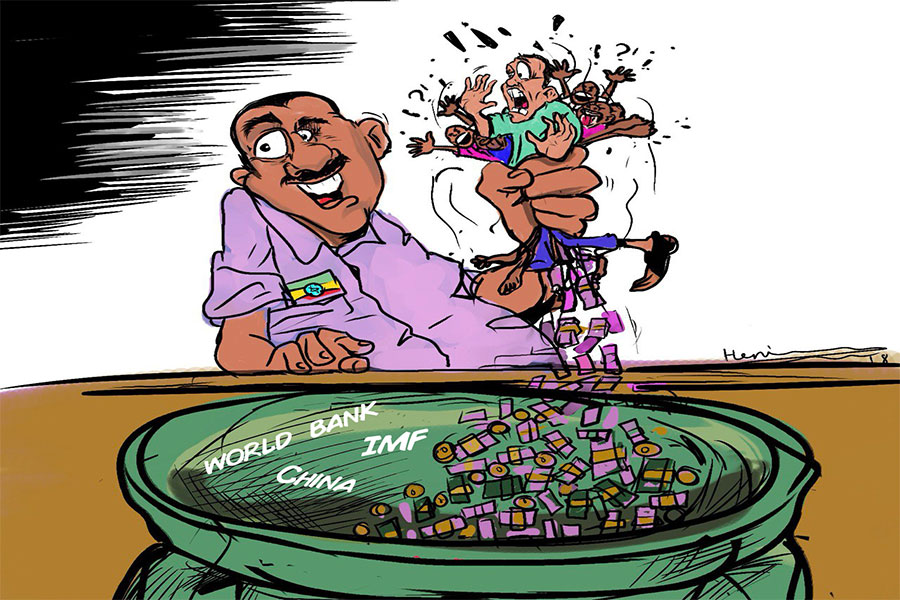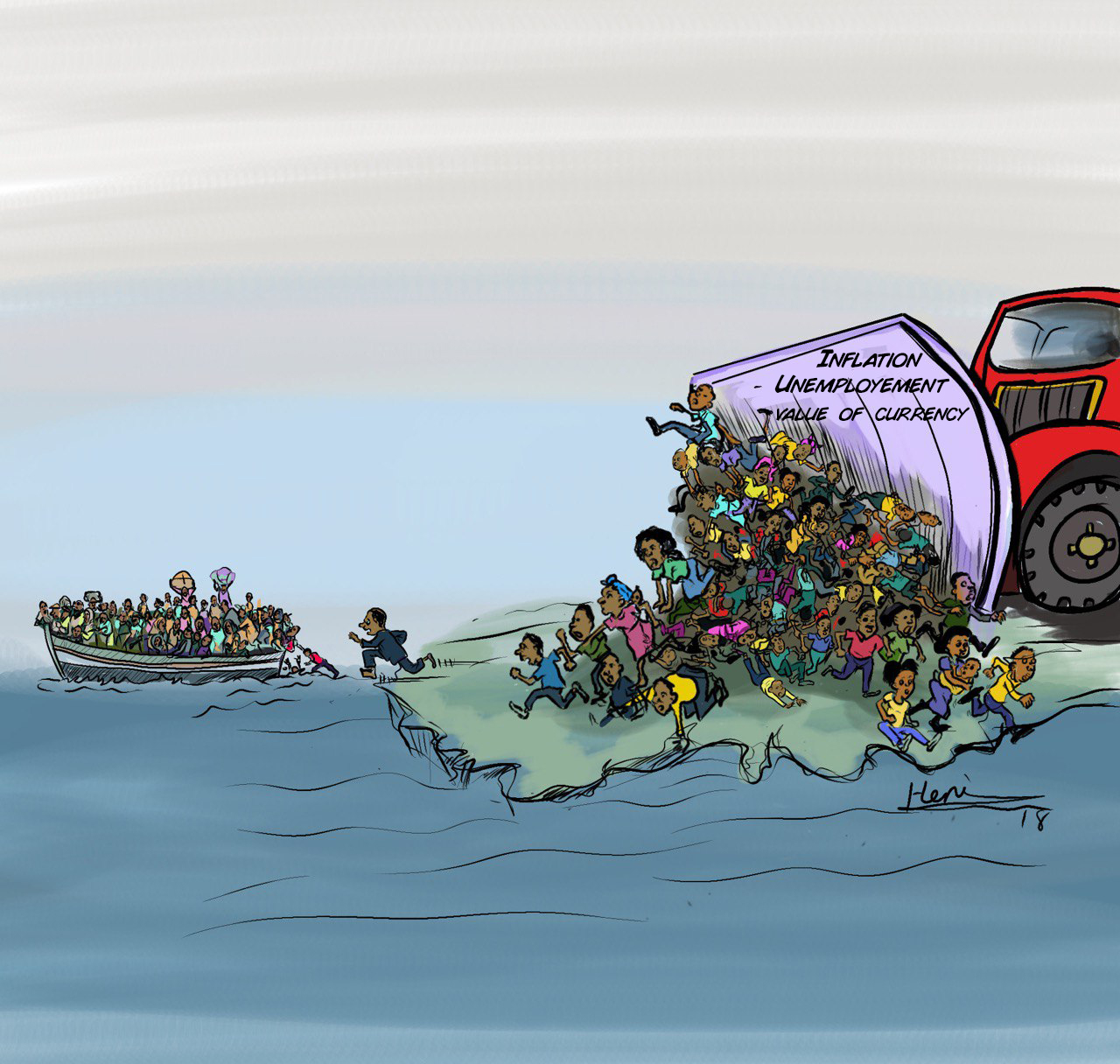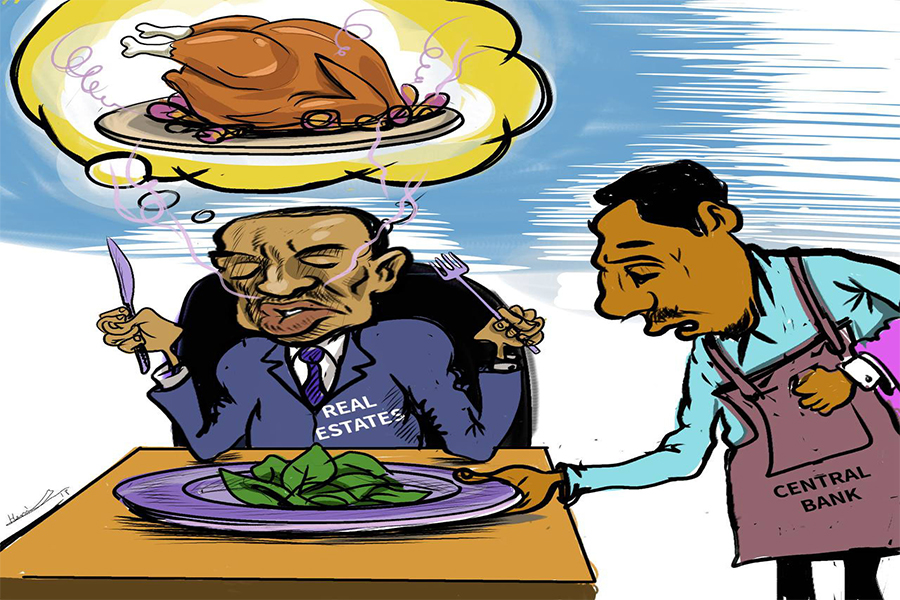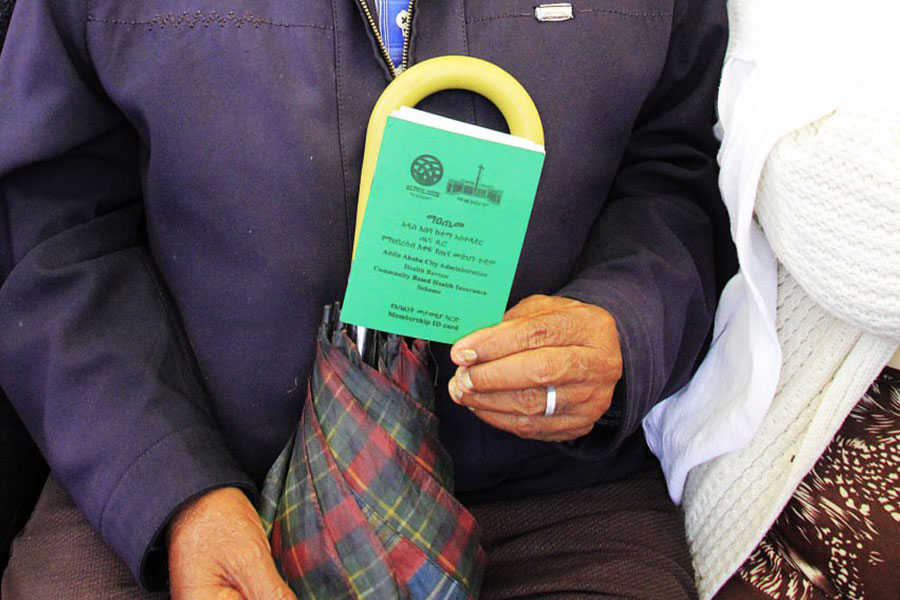
My Opinion | Oct 22,2022
Feb 17 , 2024
By Jayati Ghosh
Innovations that once staved off hunger now reveal a darker side: environmental strain and a nutritional paradox. With high-yield varieties demanding intensive irrigation and chemicals, the world is forced to question the true price of its staple foods, writes Jayati Ghosh, a professor of economics at the University of Massachusetts Amherst, in this commentary provided by Project Syndicate (PS).
There are more than 390,000 identified plant species worldwide, but just three – rice, maise, and wheat – account for roughly 60pc of the plant-based calories in our diets. The dominance of these grains is largely the result of major technological breakthroughs, particularly the development of high-yielding varieties of rice and wheat during the Green Revolution of the 1960s.
These innovations have yielded enormous benefits, significantly increasing access to staple foods and rescuing hundreds of millions of people from hunger. But ramped-up agricultural output has also brought a host of other problems, particularly in the cultivation process. Notably, the enhanced productivity of high-yield variety seeds depends heavily on the availability of reliable irrigation and the application of various chemical inputs, especially fertilisers and pesticides.
Consequently, adopting these seeds has led to the overuse of canal irrigation and subsequent waterlogging problems, forcing farmers to rely on groundwater irrigation, even in semi-arid regions. Similarly, the use of nitrogen-based fertiliser has dramatically increased following the shift to high-yield variety-based agriculture.
The inherent vulnerability of these varieties to pests, together with the tendency to cultivate them in monocultures, has led to frequent infestations and the widespread, often indiscriminate use of chemical pesticides, resulting in residual toxicity in plants and grains. With pests developing resistance to these chemicals, it became necessary to seek out new technological solutions, including the development of genetically modified crops designed to be naturally resistant to (at least some) pests.
In addition, although these technologies are scale-neutral, access to the required inputs and markets typically is not. As a result, large farmers benefited disproportionately, adding to rural inequality.
As if these challenges were not daunting enough, experts are growing increasingly concerned about the deteriorating nutritional content of high-yield crops. For example, a recent study suggests that although the Green Revolution has helped India achieve food self-sufficiency, it has undermined its nutritional security. The authors trace the long-term effects of high-yield variety-focused breeding programs by analysing the quality and potential toxicity of roughly 1,500 rice and wheat varieties developed and introduced in India from the 1960s to 2018.
These programs, they find, have modified the grains' nutritional makeup, resulting in significantly reduced dietary benefits and a higher concentration of toxins.
In short, although enhancing nutrition was the primary goal of cultivating these grains, the emphasis on increasing yields has significantly compromised their nutritional value. Notably, the levels of vital nutrients like zinc and iron in rice and wheat, India's two most important food staples, have declined markedly. Specifically, rice experienced a 33pc drop in zinc and a 27pc decrease in iron, while wheat's zinc and iron content fell by 30pc and 19pc, respectively.
Even worse, arsenic levels in rice surged by 1,493pc.
These findings have far-reaching health implications for those who consume these grains. In particular, the authors highlight "strong evidence" that "oral ingestion of metal toxicants" could lead to serious health problems like "lung cancers or chronic respiratory diseases, cardiovascular diseases, hyperkeratosis, renal toxicity, and impaired bone calcification." Increased consumption of staples like rice and wheat – the goal of the Green Revolution – could exacerbate India's already significant disease burden.
This is also true for many other countries that have relied heavily on high-yield varieties to boost yields and increase the production of staple crops. For example, the recently rebranded Alliance for a Green Revolution in Africa continues to advocate an outdated industrial model of agriculture that has failed to deliver the expected nutritional benefits.
Nutrition should not be viewed only regarding total calorie consumption based on mono-cropped cultivation. While the superior nutritional value of a diverse diet is now widely recognised, achieving it requires technological innovation and a shift in focus toward cultivating a variety of crops best suited to the local environment and climate. In addition to improving nutritional outcomes, this approach promotes sustainability by reducing carbon dioxide emissions across the food's entire life cycle.
India's experience provides a cautionary tale for developing countries. In India and elsewhere, it is becoming increasingly clear that adopting agroecological practices based on smallholder farming is the most effective way to build food systems that are sustainable and nutritionally rich. But this requires moving away from the predatory commercialisation of agriculture, which primarily serves the interests of large agribusinesses, toward a model that benefits the actual producers and consumers of food.
PUBLISHED ON
Feb 17,2024 [ VOL
24 , NO
1242]


My Opinion | Oct 22,2022

Exclusive Interviews | Apr 19,2025

Commentaries | Apr 26,2025

Viewpoints | May 20,2023

Radar | Dec 05,2018

In-Picture | Oct 12,2024

Editorial | Mar 26,2022

Viewpoints | Aug 13,2022

Agenda | Mar 30,2024

My Opinion | Nov 23,2024

Photo Gallery | 174823 Views | May 06,2019

Photo Gallery | 165044 Views | Apr 26,2019

Photo Gallery | 155300 Views | Oct 06,2021

My Opinion | 136727 Views | Aug 14,2021

Dec 22 , 2024 . By TIZITA SHEWAFERAW
Charged with transforming colossal state-owned enterprises into modern and competitiv...

Aug 18 , 2024 . By AKSAH ITALO
Although predictable Yonas Zerihun's job in the ride-hailing service is not immune to...

Jul 28 , 2024 . By TIZITA SHEWAFERAW
Unhabitual, perhaps too many, Samuel Gebreyohannes, 38, used to occasionally enjoy a couple of beers at breakfast. However, he recently swit...

Jul 13 , 2024 . By AKSAH ITALO
Investors who rely on tractors, trucks, and field vehicles for commuting, transporting commodities, and f...

Oct 18 , 2025
The political establishment, notably the ruling party and its top brass, has become p...

Oct 11 , 2025
Ladislas Farago, a roving Associated Press (AP) correspondent, arrived in Ethiopia in...

Oct 4 , 2025
Eyob Tekalegn (PhD) had been in the Governor's chair for only weeks when, on Septembe...

Sep 27 , 2025
Four years into an experiment with “shock therapy” in education, the national moo...

Oct 18 , 2025 . By NAHOM AYELE
In a sweeping reform that upends nearly a decade of uniform health insurance contribu...

Oct 18 , 2025 . By BEZAWIT HULUAGER
A bill that could transform the nutritional state sits in a limbo, even as the countr...

Oct 18 , 2025 . By SURAFEL MULUGETA
A long-planned directive to curb carbon emissions from fossil-fuel-powered vehicles h...

Oct 18 , 2025 . By BEZAWIT HULUAGER
Transaction advisors working with companies that hold over a quarter of a billion Bir...